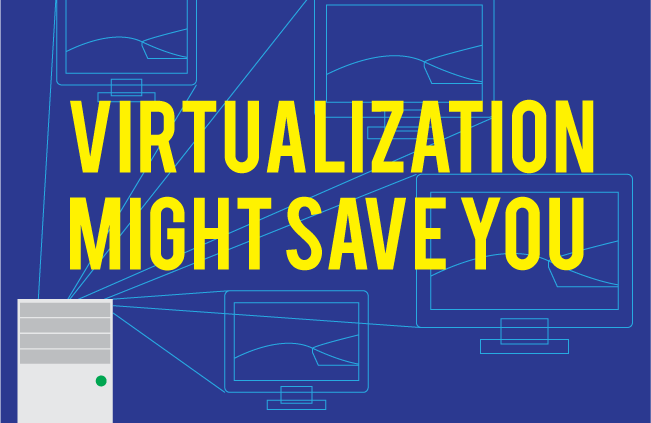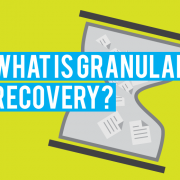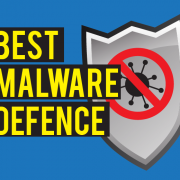Companies have different objectives, starting from low capital investment to improving IT system efficiency. According to company’s requirement, virtualization is adopted to accomplish specific objectives. If you are worried about data breaches and network interruptions, you may need to adopt virtualization. Here are some examples of network virtualization for data security:
Integrate Sensitive Data
In order to neutralize business security threats caused by workers’ carelessness, most of companies are centralizing confidential information. When data is administered centrally, virtualization gives valid protection against data breaches, theft, and malware and virus infections.
Secure Access
Increase of tablets and Smartphone has mobilized the workforce. Employees can now continue to work and become productive when they are not present in the office. To make work easy for employees, businesses are searching ways for employees to provide maximum access to files and applications. By selecting virtualization, workers get instant access to business resources anytime and anywhere through virtual network, which is administered centrally.
Introduction of Sandbox
Employers are always worried about scam artists, hackers and malicious software therefore react apprehensively while giving workers an access to company system for using the web. Sandbox feature separates certain applications which are threatening for a network. For instance, hypervisor is used to develop sandbox for web browsing. As a result, harmful attacks are cut off in virtual environment with no compromise on applications and host server.
Ways to Handle Virtualization Safekeeping Challenges
Though virtualization gives surety of maximum data security, it can give way to new risks. When an isolated system is selected, it could cause disaster across a particular host. Here are some guidelines to reduce effects of network virtualization risks:
Know-how of Risks
It is true virtualization is associated with some threats; however companies must understand the nature of risks while adopting this technology.
Risks depend on various factors. Some of the common reasons of security risks are:
- When virtual machines are selected to use the Internet
- When employees select host machine to get sensitive data
- When virtual machines give access to other devices and computers
- When physical host machines are influenced by movement of virtual machines
Monitor Network Access
To resolve security issues concerned with virtualization, it is important to design appropriate policy. All members should not be given permission to start, update, and configure virtual machines. At the same time, all virtual machines should not be given Internet access. There must be some strict policies for data security.
Unplug Unnecessary Virtual Machines
When virtual machines are used excessively, they can get exhausted. When non-functional machines are connected with the system, these will increase security threats for the production environment.
Be Practical
Virtual servers and desktops have needs just like physical machines. It means to consider relevant patches and updates for data security. Whatever is the nature of the case, companies should be well informed of the virtual systems to provide security.
There are many security threats associated with virtualization, but companies can get benefit from this technology. Understand your needs, get an idea of the risks involved and select best policies.








Leave a Reply
Want to join the discussion?Feel free to contribute!